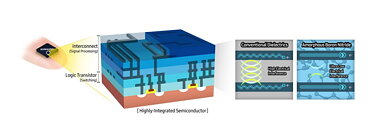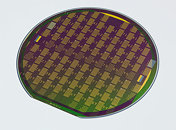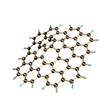
GIGABYTE Announces Availability of MO27U2 4K 240Hz QD-OLED Gaming Monitor
GIGABYTE, the world's leading computer brand, announced that its groundbreaking MO27U2 QD-OLED monitor is now available. As the industry-leading 27-inch 4K 240 Hz QD-OLED gaming monitor, the MO27U2 delivers ultra-crisp visuals with a remarkable 166 PPI, setting a new benchmark in clarity and precision for its popular size. The MO27U2 is engineered to redefine visual excellence in the QD-OLED display industry with cutting-edge Tandem OLED panel technology, upgraded Tactical Features, and Graphene Thermal Film Technology.
With built-in G-Sync support and seamless integration with the latest GeForce RTX 50 Series graphics cards featuring DLSS4, the MO27U2 delivers an extraordinary 4K 240 Hz gaming experience. Its high 166 PPI ensures every detail is rendered with exceptional clarity, while advanced color accuracy is achieved with delta E≤2, 99% DCI-P3 color gamut coverage, and Pantone Validated certification. Additionally, its 0.03 ms gray-to-gray response time ensures super smooth, low-latency visuals.
With built-in G-Sync support and seamless integration with the latest GeForce RTX 50 Series graphics cards featuring DLSS4, the MO27U2 delivers an extraordinary 4K 240 Hz gaming experience. Its high 166 PPI ensures every detail is rendered with exceptional clarity, while advanced color accuracy is achieved with delta E≤2, 99% DCI-P3 color gamut coverage, and Pantone Validated certification. Additionally, its 0.03 ms gray-to-gray response time ensures super smooth, low-latency visuals.
























































